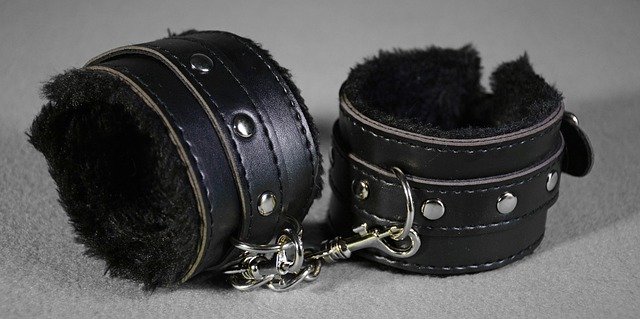Surface treatments explained: oxidation, plating, and protective coatings
Surface treatments determine how wristwear looks, feels, and lasts. This article explains oxidation, various plating methods, and protective coatings used on metalwork and leather components. It also covers maintenance, sizing considerations around clasps, repair needs, and storage best practices.

Surface treatments help define the appearance and durability of wristwear. For bracelets, finishes such as controlled oxidation, metal plating, and clear protective coatings are commonly used to achieve color, texture, and resistance to wear. These treatments interact with materials—metalwork, leather, and fabric—so understanding their purpose and limits helps with sizing decisions, clasp selection, maintenance routines, and appropriate storage to extend the life of an item.
What is plating in metalwork and plating options
Plating is the application of a thin metallic layer onto a base metal to change color, corrosion resistance, or hypoallergenic properties. Common plated finishes include gold, silver, rhodium, and nickel-free alternatives. Electroplating deposits ions using an electrical current, while PVD (physical vapor deposition) bonds a thin film in a vacuum chamber for improved hardness. Plating can enhance appearance and protect softer metals, but it has finite thickness; heavy wear at clasps or edges can reveal the base metal beneath. When sizing or measurement adjustments are needed, jewelers can sometimes replate areas after repair.
How does oxidation affect wristwear appearance and longevity
Oxidation is a chemical reaction that darkens metal surfaces, often used deliberately on silver or copper to create contrast and patina. Controlled oxidation can emphasize engraving or texture and provide an aged aesthetic without invasive alteration. However, unmanaged oxidation may continue over time, especially where sweat, humidity, or chemicals contact the surface. For collectors of vintage-style pieces, periodic cleaning or selective polishing restores highlights without removing intended patina. Be mindful that oxidation is material-specific: it behaves differently on sterling silver, brass, and other alloys.
Which protective coatings support hypoallergenic wear and maintenance
Protective coatings—clear lacquers, polymer layers, or ceramic-like finishes—help prevent direct skin contact with base metals and reduce tarnish and abrasion. For individuals with sensitive skin, coatings combined with nickel-free plating can reduce irritation, but coatings can wear off at points of friction. Some coatings are designed to be breathable and flexible for leather components, while others are hard films suited to metalwork. Proper maintenance includes avoiding harsh cleaners that may break down coatings and following manufacturer guidance for gentle cleaning to preserve hypoallergenic properties.
How do leather and metalwork differ in maintenance and storage
Leather wristwear and metalwork require different care. Leather benefits from conditioning products that maintain suppleness and prevent cracking; avoid prolonged exposure to moisture and direct sunlight. Metal components can corrode or tarnish without protective coatings; regular light cleaning with a soft cloth is usually sufficient. When storing mixed-material pieces, separate leather from metal where possible to prevent staining or chemical transfer. Storage in a dry, ventilated environment and using individual pouches or compartments helps reduce scratches and contact wear.
How do sizing, measurement, and clasp choices interact with finishes
Accurate measurement and thoughtful clasp selection influence both comfort and finish longevity. A clasp that rubs repeatedly against a plated surface or an area of oxidation will accelerate wear; secure, low-friction clasps reduce repeated contact. When measuring wrist size, account for layers like leather straps or protective sleeves to ensure the fit feels right with the chosen finish. Adjustable clasps and extension links can help preserve plated edges because they reduce the need for frequent resizing or bending that stresses surface treatments.
When to seek repair, and principles for repair and storage
Repair options vary by material and surface treatment. Plating can be refreshed after polishing or soldering, but extensive abrasion may require re-plating by a professional. Controlled patina can sometimes be recreated, but it’s often challenging to match exact oxidation tones. Choose repair services that specify compatible techniques for metalwork, leather stitching, or coating reapplication. For storage, use breathable containers and avoid household chemicals or damp basements; for long-term storage, consider acid-free tissue and silica gel packs to control humidity. Regularly inspect pieces for loose clasps, worn plating, or leather drying to address small issues before they require major repair.
Surface treatments influence aesthetics, comfort, and the practical longevity of wristwear. Understanding how oxidation, plating, and protective coatings interact with leather, metalwork, clasps, and sizing decisions helps owners make informed choices about maintenance, hypoallergenic concerns, repair options, and storage practices.






